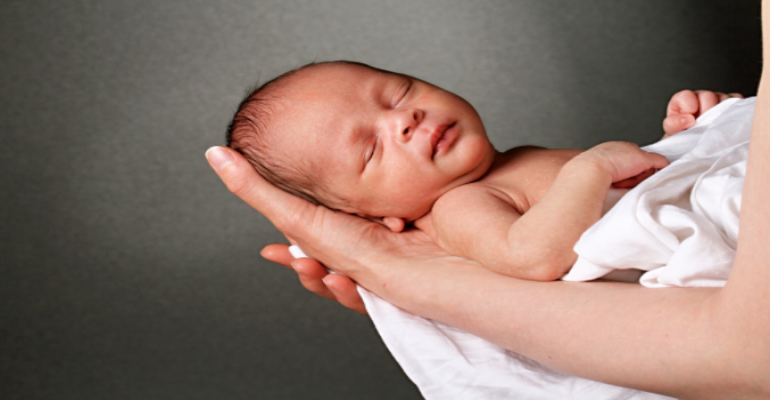
What are the conditions for attempting a vaginal birth after cesarean
Vaginal birth after cesarean (VBAC) is when a woman gives birth vaginally after having had a previous cesarean delivery. To have a VBAC, certain health conditions must be met.
After a cesarean birth, attempting a vaginal delivery for the next baby can carry some risks. For this reason, women who had a cesarean delivery in the past were often advised to have another cesarean for their next delivery.
The main concern is that the incision made in the uterus during a cesarean may not heal as well as natural tissue. The scar tissue formed after a cesarean can tear during labor contractions, posing a risk to both mother and baby. However, this risk is estimated to be between 1% and 3%.
After assessing this risk, VBAC has become increasingly common. However, each woman’s individual risk varies, so the mode of delivery should be determined after consulting with a doctor.
Is VBAC Safe?
There are several factors that can increase or decrease the risk of VBAC. If the mother has had a previous vaginal birth or a successful VBAC, the chances of another vaginal birth are higher.
If a woman had a vaginal delivery once, a cesarean for her second child, she can have a vaginal delivery for her third child.
When parents attend childbirth education and are supported by a midwife during labor, the likelihood of a successful VBAC increases.
When Can VBAC Be Attempted?
There should be a certain amount of time between the cesarean and the VBAC. While this varies individually, the average recommendation is 2 to 2.5 years, as tissue healing after a cesarean takes time.
Attempting VBAC sooner than this increases the risk of uterine rupture, making the waiting period critical.
When Is VBAC Not Recommended?
- If a cesarean is deemed medically necessary or there is a health condition preventing a vaginal birth.
- If the uterine incision from the previous cesarean was made vertically.
- If the mother has had previous uterine surgeries (such as myomectomy or hysteroscopy).
- If the mother has diabetes or hypertension, as these increase risk.
- If the birth canal is anatomically unsuitable or has congenital narrowing.
- If the expected birth weight of the baby is over 4000 grams.
- If proper conditions cannot be guaranteed after detailed consultation with the parents.

